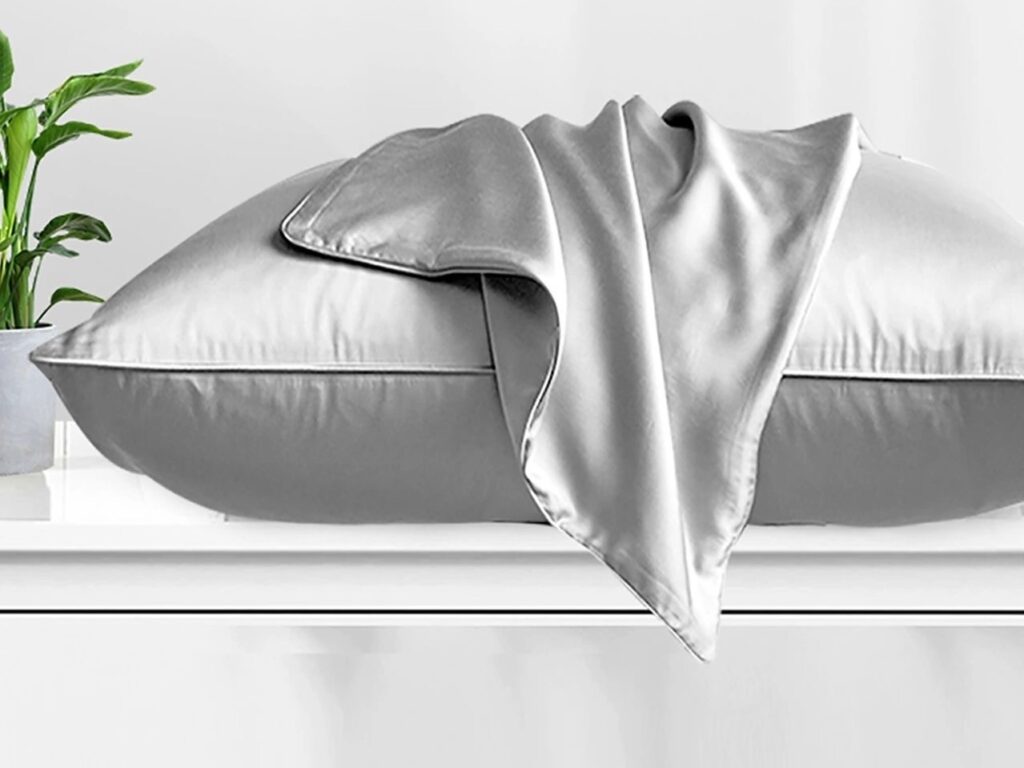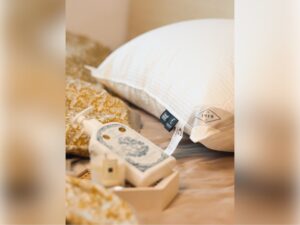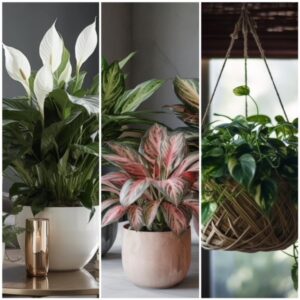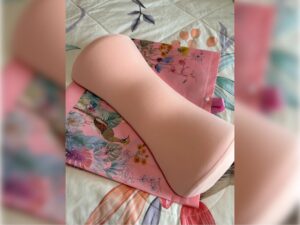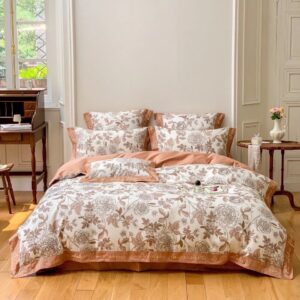Table of Contents
If you suffer from allergies, getting a good night’s sleep can be difficult. Allergens in your bedding can trigger symptoms such as sneezing, coughing, and watery eyes. To help reduce or prevent these symptoms, many people are turning to hypoallergenic bedding materials. Hypoallergenic bedding is designed with special materials that keep mold and dust at bay, making it an ideal choice for allergy sufferers.
In this blog post, we will explore various hypoallergenic bedding materials, their unique properties, their pros and cons, and which type of sleeper they are best suited for. By understanding these options, you can make an informed decision and create an allergy-free sanctuary in your bedroom.
Types of Hypoallergenic Bedding Materials
Cotton
Cotton is a popular choice for hypoallergenic bedding due to its natural properties. It is soft, breathable, and hypoallergenic, making it suitable for people with allergies or sensitive skin. Cotton bedding is highly absorbent, letting it wick away moisture and keep you cool throughout the night. Additionally, cotton is easy to care for, durable, and widely available in various styles and price ranges. However, it’s important to note that some individuals may have sensitivities to cotton, so opting for organic or chemical-free cotton bedding is recommended.
It’s important to remember that while cotton is a popular choice for hypoallergenic bedding, there are a few considerations to be aware of. One notable drawback of cotton bedding is its tendency to shrink when exposed to hot water or high heat settings in the dryer. Remembering this is especially crucial when laundering your cotton sheets or duvet covers. If you inadvertently wash or dry your cotton bedding using hot water or high heat, you may find that it shrinks in size, affecting the fit and overall comfort of your bedding. To avoid this issue, it’s advisable to follow the care instructions provided by the manufacturer and opt for gentle washing and low-heat drying methods whenever possible. By being mindful of this potential drawback, you can extend the lifespan and maintain the optimal fit of your cotton bedding.
Company Cotton™ Blair Flower Percale Sheet Set
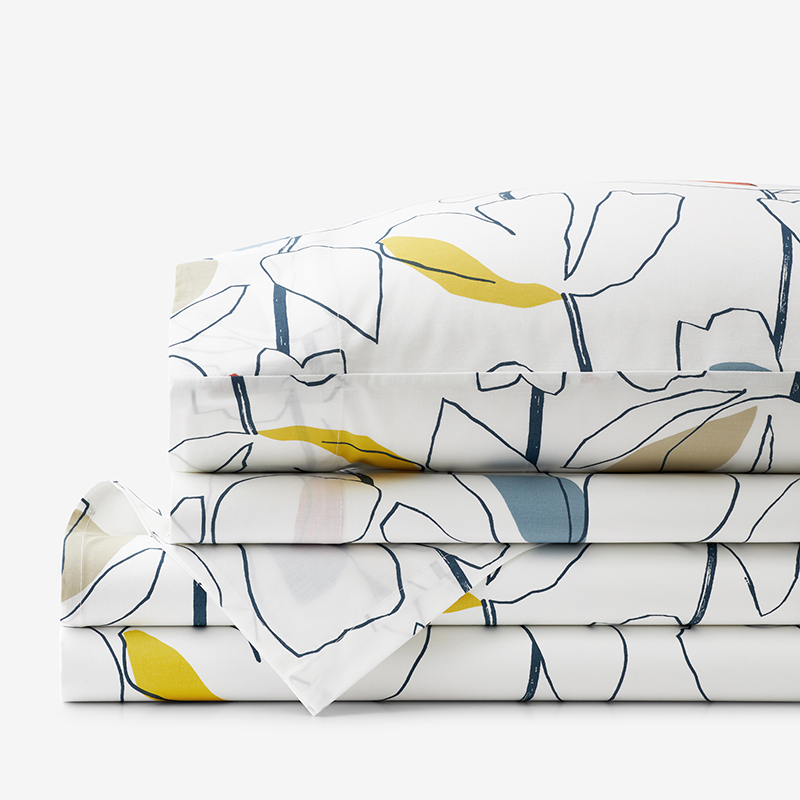
Company Cotton™ Blair Flower Percale Sheet Set | The Company Store
Hemp
Hemp is an emerging hypoallergenic bedding material that offers unique benefits for allergy sufferers. It is known for its durability, breathability, and eco-friendliness. Hemp bedding is naturally resistant to allergens, including dust mites and mold, making it an excellent choice for those with allergies or asthma. It has excellent moisture-wicking properties, helping to keep you cool and dry throughout the night. Hemp is also sustainable, requiring minimal water and pesticides to grow.
However, there are a few considerations to consider regarding hemp bedding. One downside is that hemp fabric can initially feel coarse or stiff. But repeated use and washing tend to soften over time. Another aspect to consider is that hemp bedding may have limited availability compared to more mainstream materials like cotton or bamboo. It may require some research or specialty stores to find a wide selection of hemp bedding options.
100% Organic Hemp Bed Sheet

Organic Hemp Bed Sheet | Delilahhome
Silk
Silk is a luxurious and hypoallergenic bedding material that benefits allergy sufferers. It is naturally hypoallergenic, resistant to dust mites, mold, and mildew. Silk bedding is known for its temperature-regulating properties, keeping you cool in the summer and warm in the winter. It is also gentle on the skin and hair, reducing friction and minimizing the risk of allergic reactions. However, silk bedding can be expensive and requires delicate care, including hand washing or professional cleaning.
Mulberry Silk Duvet Cover

Mulberry Silk Duvet Cover | Amazon
Wool
Wool is a unique hypoallergenic bedding material that offers exceptional warmth and comfort. It naturally repels dust mites and other allergens, making it an excellent choice for allergy sufferers. Wool bedding is breathable, moisture-wicking, and has excellent temperature-regulating properties. It keeps you warm in cold weather and cool during the summer months. Additionally, wool is highly durable and long-lasting. However, some individuals may find wool bedding too warm or heavy, so it may not be suitable for hot sleepers.
Sleep & Beyond 100% Organic Merino Wool Mattress Topper
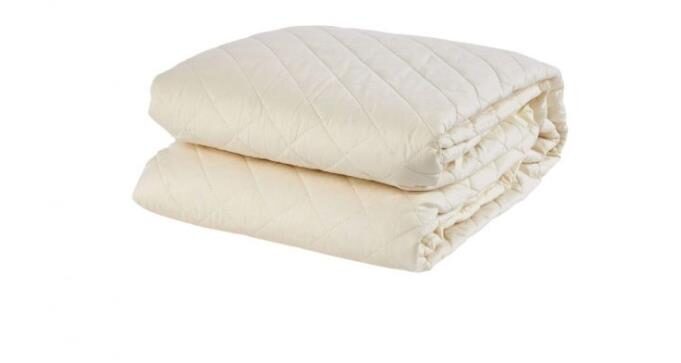
Sleep & Beyond 100% Organic Merino Wool Mattress Topper | Sleep & Beyond
Microfiber
Microfiber bedding has gained popularity recently due to its affordability and hypoallergenic properties. It is a synthetic material made from ultra-fine fibers that are tightly woven, creating a barrier against allergens such as dust mites, pollen, and pet dander. Microfiber bedding is soft, lightweight, and easy to care for. It is also wrinkle-resistant and quick-drying. However, microfiber bedding may not be as breathable as natural materials, which can lead to heat retention for some individuals.
Utopia Brushed Microfiber Bed Sheet Set
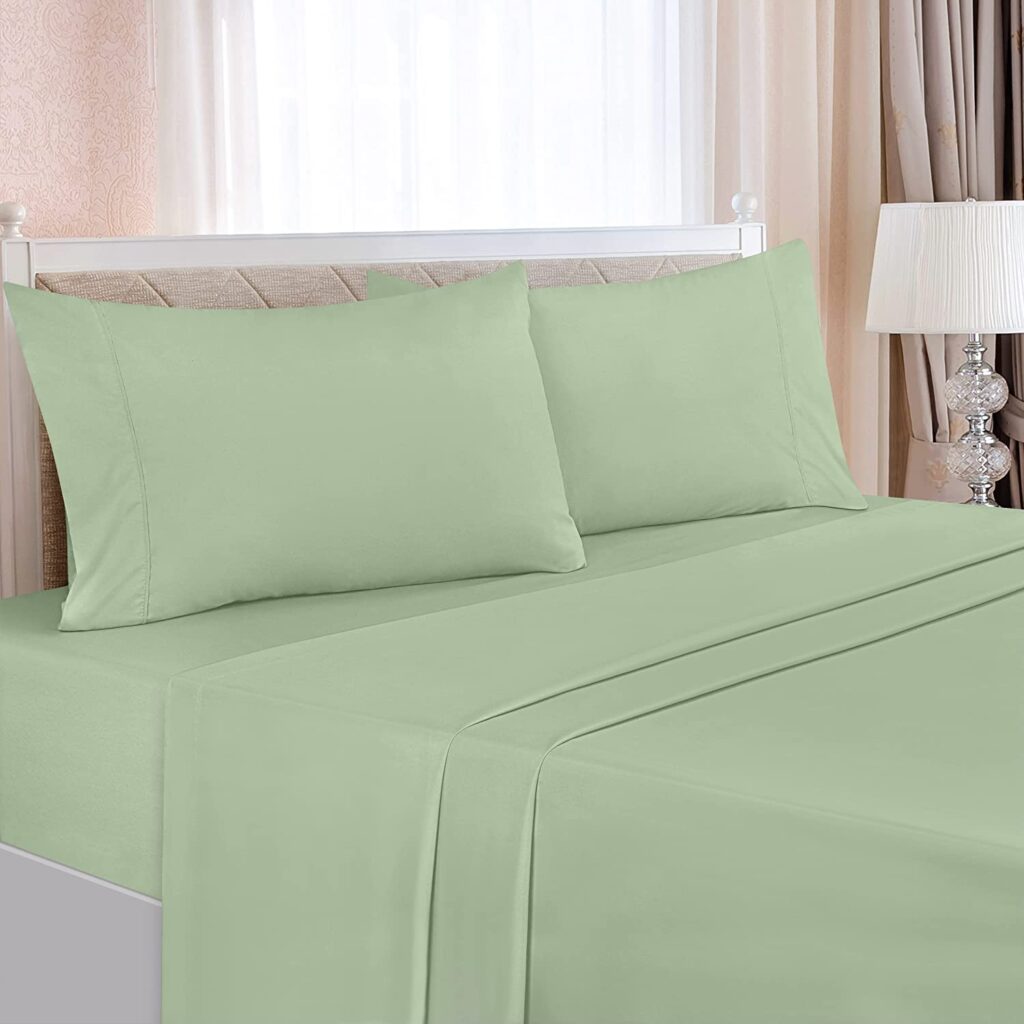
Utopia Brushed Microfiber Bed Sheet Set | Amazon
Linen
Linen is a hypoallergenic bedding material that has been cherished for centuries for its natural beauty and exceptional breathability. It is made from the flax plant, and linen bedding offers several benefits for allergy sufferers. One of its key advantages is its moisture-wicking properties, which help to keep you cool and dry throughout the night. Linen is also naturally hypoallergenic and resistant to dust mites and mold. Its breathability allows for excellent airflow, making it suitable for hot sleepers.
Additionally, linen bedding is known for its durability, becoming softer and more comfortable with each wash. It is also highly absorbent and quick-drying, making it resistant to odors and ideal for individuals prone to night sweats. Linen has a timeless, rustic charm that can add a touch of elegance to your bedroom decor.
However, one potential downside of linen bedding is its tendency to wrinkle easily, requiring more frequent ironing or a preference for a more relaxed, lived-in look. Linen bedding can also be relatively expensive compared to other materials, especially high-quality linen. Additionally, linen bedding may have a slightly rougher texture than other options, although it tends to soften with use and washing over time.
Sofia Embroidered Belgian Linen Bed Sheet Set
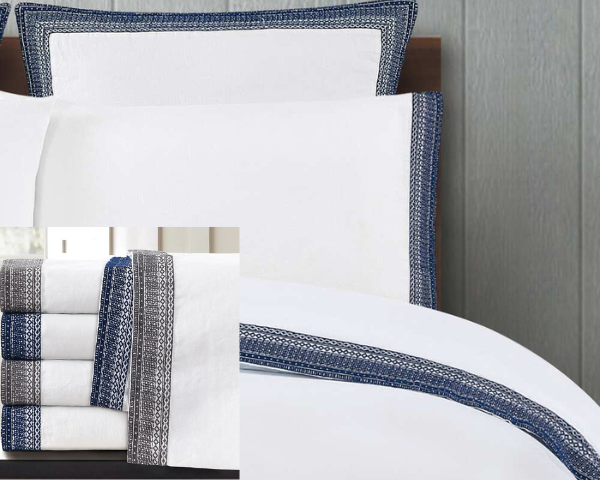
Sofia Embroidered Belgian Linen Bed Sheet Set | BedBath&Beyond
Bamboo
Bamboo sheets are becoming increasingly popular due to their ability to resist allergens like dust mites while providing comfort throughout the night. Their soft texture and natural cooling properties make them perfect for hot sleepers who overheat easily during the night hours. Bamboo sheets are also eco-friendly since they grow quickly without needing pesticides or fertilizers, making them an excellent choice for those looking for an environmentally friendly alternative when choosing their bedding materials!
However, Looking for bamboo bedding labeled as organic or free from harmful chemicals is crucial to minimize the risk of allergic reactions. And bamboo bedding can sometimes be prone to wrinkling, requiring additional care and ironing to maintain a smooth appearance.
Company Cotton™ Jolie Bamboo Sateen Sheet Set
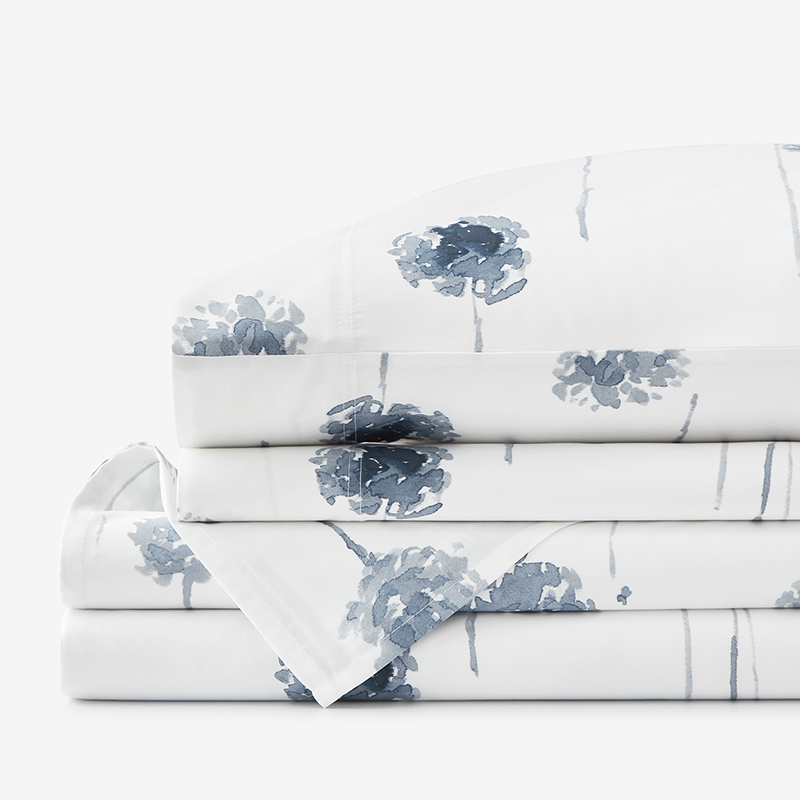
Company Cotton™ Jolie Bamboo Sateen Sheet Set | The Company Store
Conclusion
Regarding hypoallergenic bedding, there are various materials to choose from, each with unique properties and advantages. Whether you prefer the softness of cotton, the luxurious feel of silk, the warmth of wool, the affordability of microfiber, or the eco-friendliness of bamboo, there is a hypoallergenic bedding option to suit your needs. Consider your specific allergies, sleeping preferences, and budget when selecting the suitable bedding material. Investing in hypoallergenic bedding can create a sleep environment that promotes restful nights and minimizes allergy symptoms.

